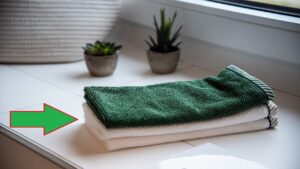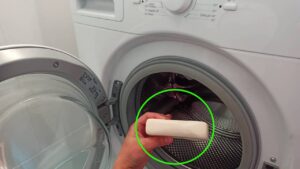How to Use Bay Laurel Against Humidity in Your Home
Bay laurel is a commonly used plant in the kitchen, and chefs appreciate its extraordinary properties, frequently incorporating it into their dishes. Lesser-known is its qualities in household chores, particularly its effectiveness against humidity—a common problem, especially in specific areas of our homes like the bathroom and bedroom.
As you may already know, the accumulation of humidity poses a risk of causing significant damage by promoting the formation of mold. So, what’s the moral of the story? Don’t let the situation escalate. Allowing it to worsen could negatively impact your health, the well-being of those you live with, and even your pets. Instead of persisting in buying costly market products, consider exploring alternative remedies.
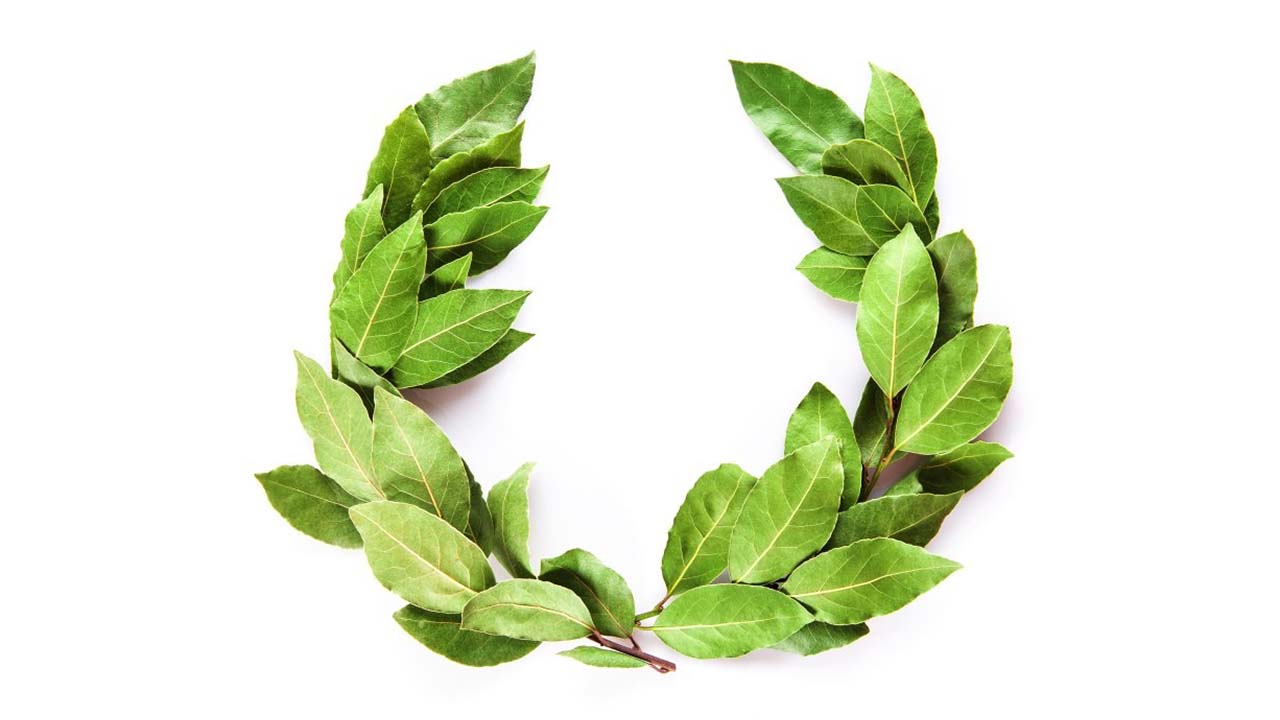
Humidity in the home: how to combat it with bay laurel
Moreover, laboratory-made compounds often come with various contraindications due to their chemical composition. When you visit the mall, take a moment to scrutinize the packaging of items on the shelves. You might encounter at least one unpleasant surprise, even if the manufacturer pretends nothing happened. It’s essential to recognize that companies aren’t entirely to blame; this issue represents a vulnerability that can impede their business.
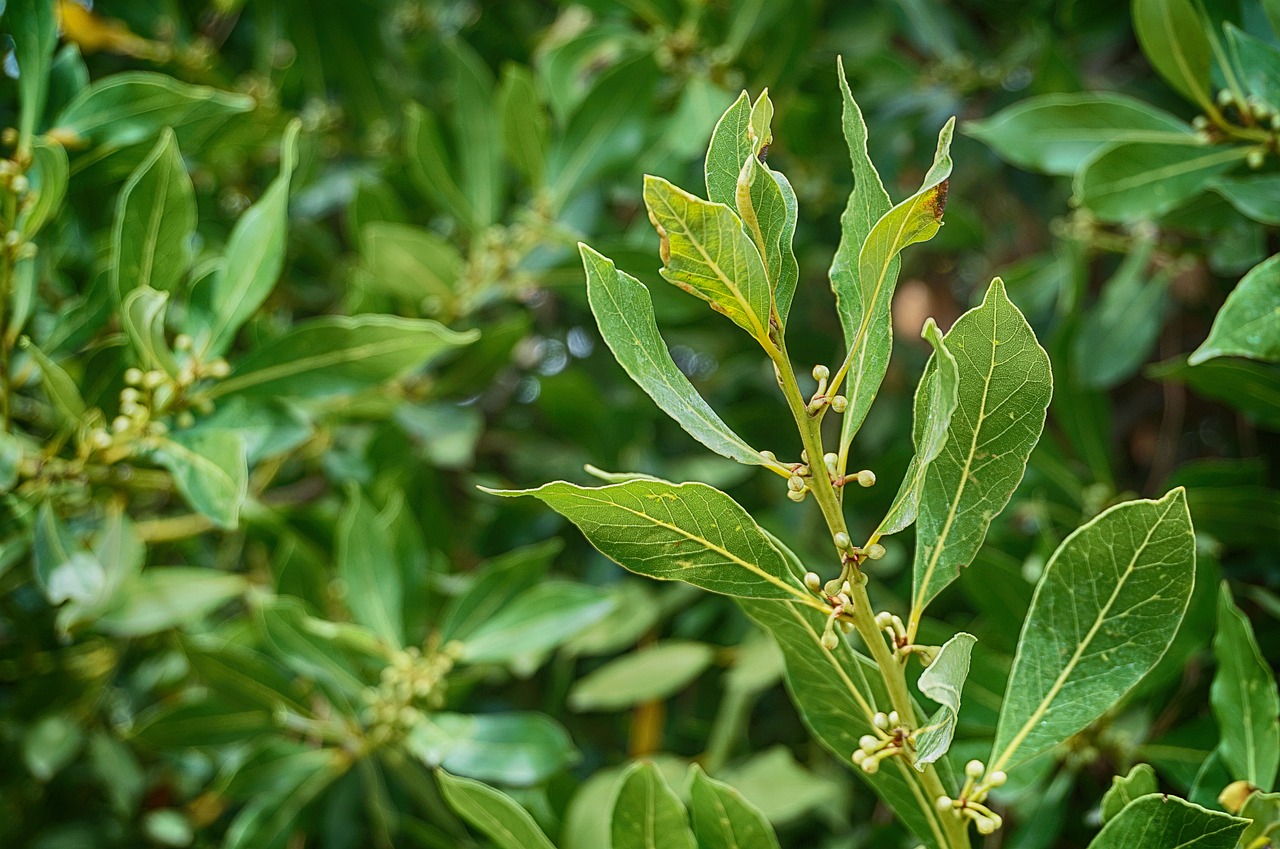
Bay laurel indeed has a valuable action against humidity when used correctly. In particular, you need to know how to mix it together with specific green ingredients. Proper mixing is vital for excellent results. Let’s delve into the specifics and avoid improvisations, as they can lead to inconvenience. Stick to the instructions for optimal outcomes.
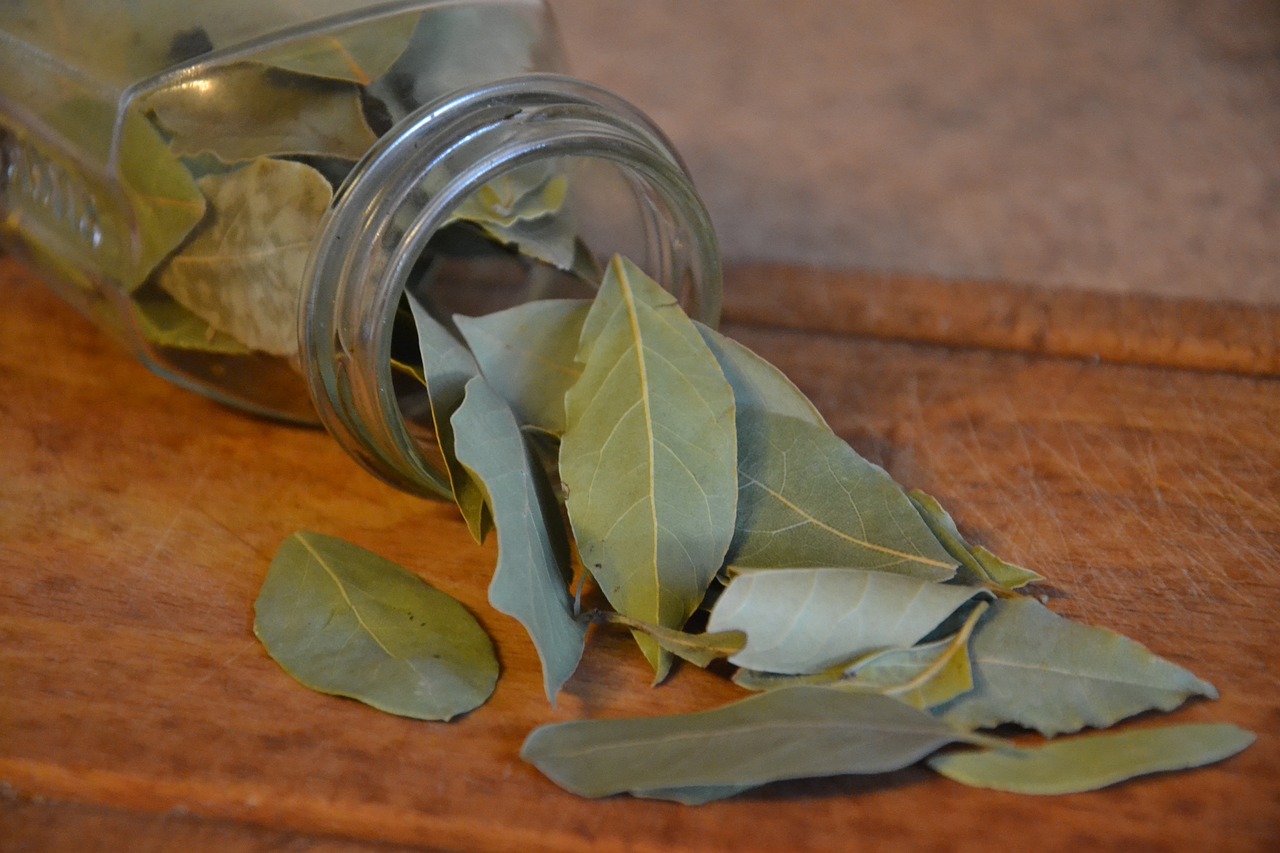
To make this natural remedy, cut bay laurel into small pieces and mix them with coarse salt in a bowl. Place this mixture in the corners most prone to humidity. After a few days, the salt will dissolve completely, and you should replace it. Alternatively, you can use baking soda instead of salt—an excellent ally in various situations.
